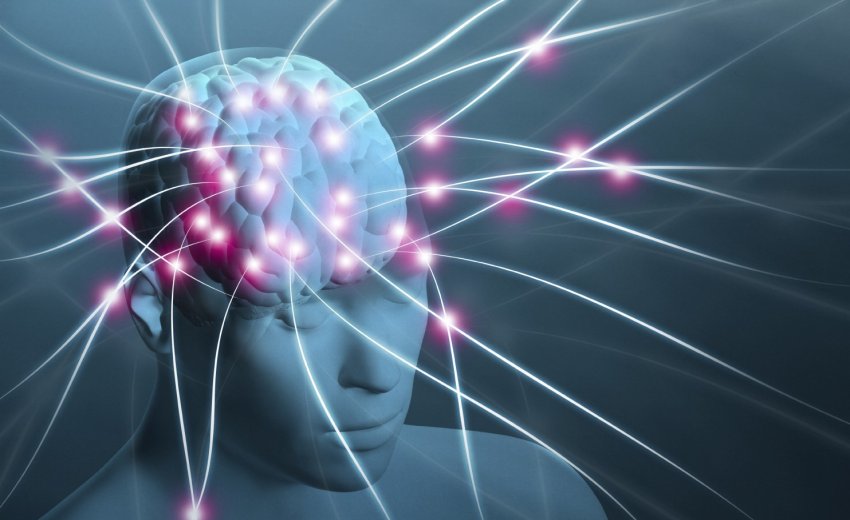Editor's note: In Jap Ji it is written "Sunie Jog Jugat Tan Bhed" 'by listening the secrets of the body are known.' It is sometimes amazing to hear the knew things that western science discovers. The article below describes a recent discovery... perhaps one listeners already had a clue about...
August 17, 2015: “Throw out the textbooks” and “missing link” are words rarely heard anymore in science, but that’s what researchers around the world are saying about the recent discovery of microscopic lymphatic vessels connecting the brain to the immune system.
That physical link was long thought absent, confounding scientists who study neurological disorders with an immune component. The vessels were found in mice, by accident, by University of Virginia researchers who published their results in Nature. If confirmed in humans, experts say, the discovery could have profound implications for a range of conditions including chronic fatigue syndrome, autism, multiple sclerosis and Alzheimer’s disease.
Lymphatic vessels, which piggyback on blood vessels, distribute immune cells to tissues to fight infection and carry fluid away from tissues to dispose of cellular waste. This complex drainage system has been found in nearly every part of the human body but not, until now, in the brain.
“No one knew there were those ‘pipes’ in there that could take out the brain’s trash,” said Jonathan Kipnis, director of the university’s Center for Brain Immunology and Glia and the study’s senior author. “This is a huge leap in defining the lymphatic vessel system.”
When the body is fighting a foreign invader, such as a virus, the lymphatic system carries immune cells to the site of the infection. Sometimes, however, the system becomes overactive and attacks healthy tissue, as in the case of autoimmune diseases such as rheumatoid arthritis, MS and lupus. An overactive immune system and alterations of gut microbes have also been linked to autism.
This discovery, experts say, could also open new avenues of research into Alzheimer’s. Perhaps, for example, the lymphatic system of the brain is failing to flush out the toxic plaques and tangles that are the molecular hallmarks of the disease.
“The immediate clinical implications are not all that evident,” said Avindra Nath, clinical director at the National Institute of Neurological Disorders and Stroke at the National Institutes of Health. “But understanding what happens in disease states, we know now more about how to look at it and better study it.”
Prior to the discovery by the Virginia team, scientists thought the brain had its own special ecosystem with a series of gates through which cellular junk, depending on the size of the molecules, could be removed.
The published study included only one image from human brain tissue, and the team is seeking further confirmation of the presence of lymphatic vessels in human brains.
Within days of the Nature study, scientists in Finland reported in the Journal of Experimental Medicine finding the vessels in human brains. Prompted by the recent discovery of lymphatic-like vessels in the eye that control eye pressure, researchers at the Wihuri Research Institute and the University of Helsinki wondered whether they could find them in the brain. They did, alongside other blood vessels and nerves, draining from the outer covering of the brain, the meninges, through the skull and eventually into the jugular vein.
“We were stunned to find such an extensive network in connection to the brain,” Aleksanteri Aspelund, a member of the Finnish research group, told the American Association for the Advancement of Science. “This incredible finding completely changes our understanding of how the brain is cleared of excess fluid and gives a chance to look at brain diseases from a completely new angle.”
As to why the discovery took this long, Kipnis explained that it could have come only in the past 10 years because of advances in microscopy. And even so, finding these tiny vessels, compacted between the three layers of the meninges, was difficult.
“If you didn’t know where to look,” he said, “you wouldn’t know they were there.”

